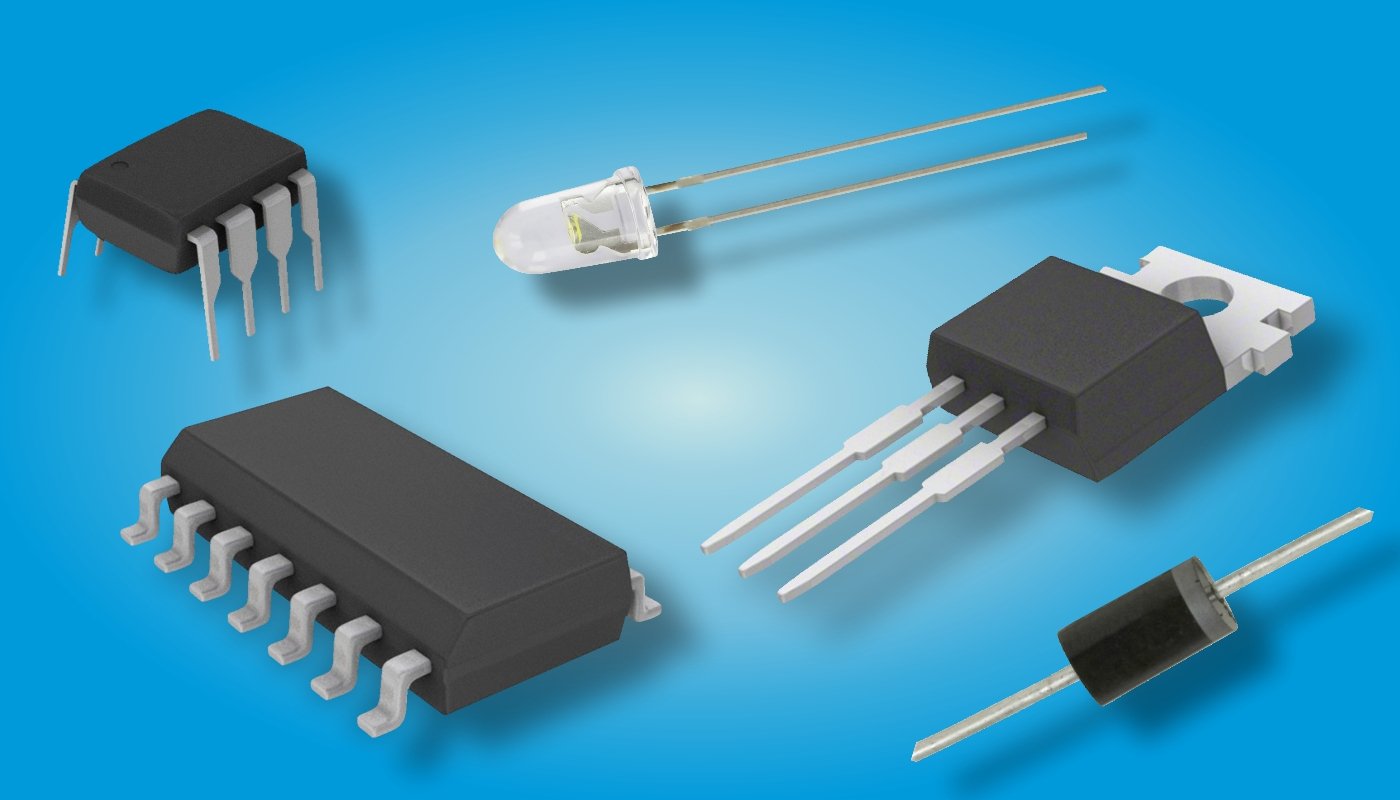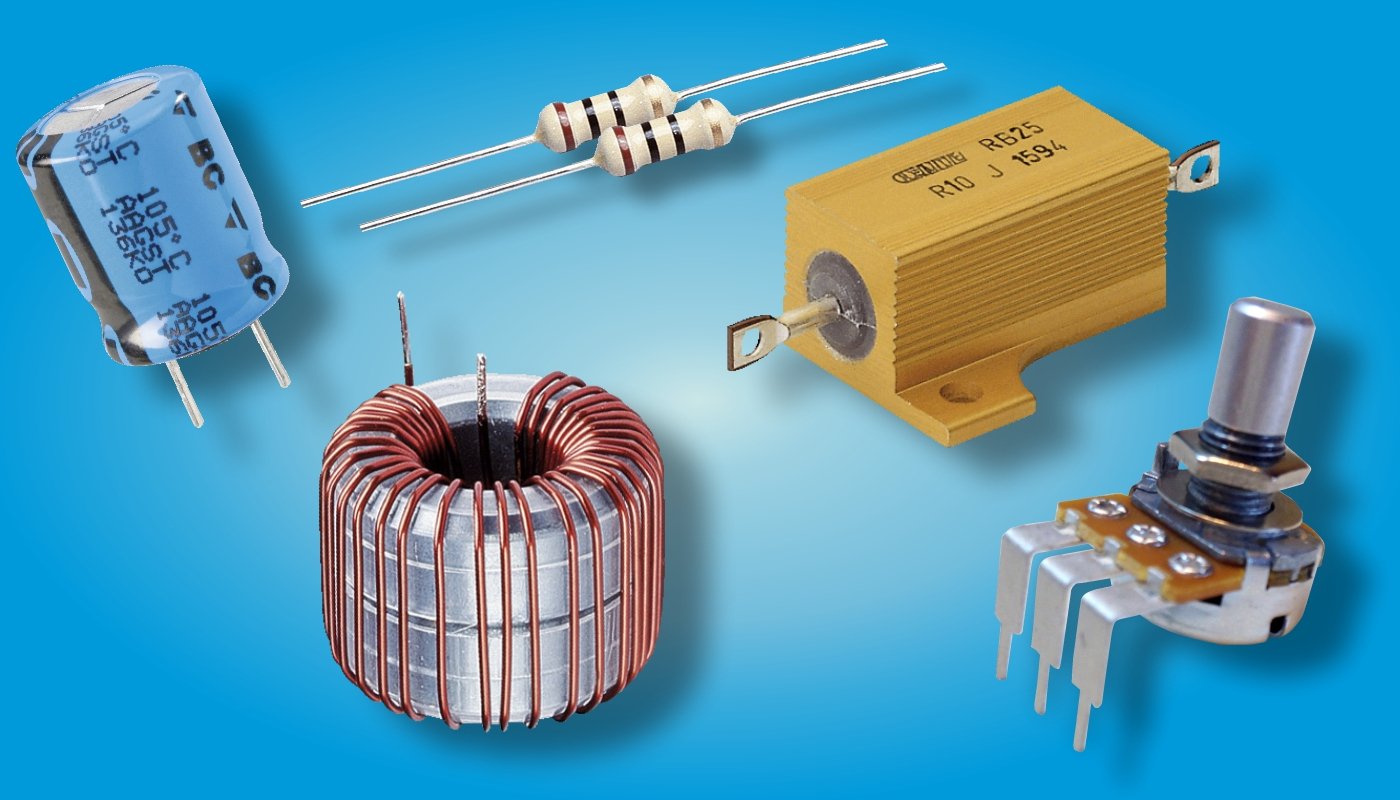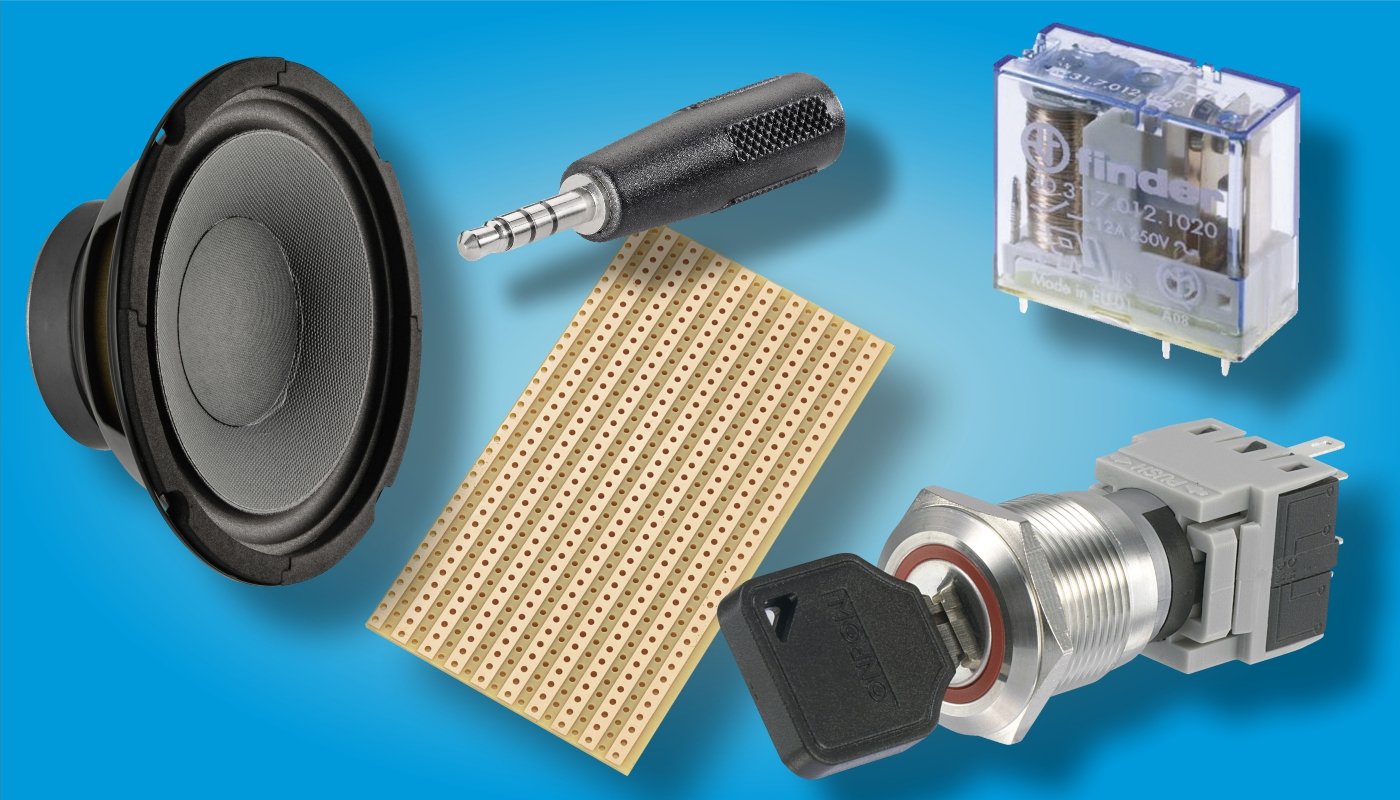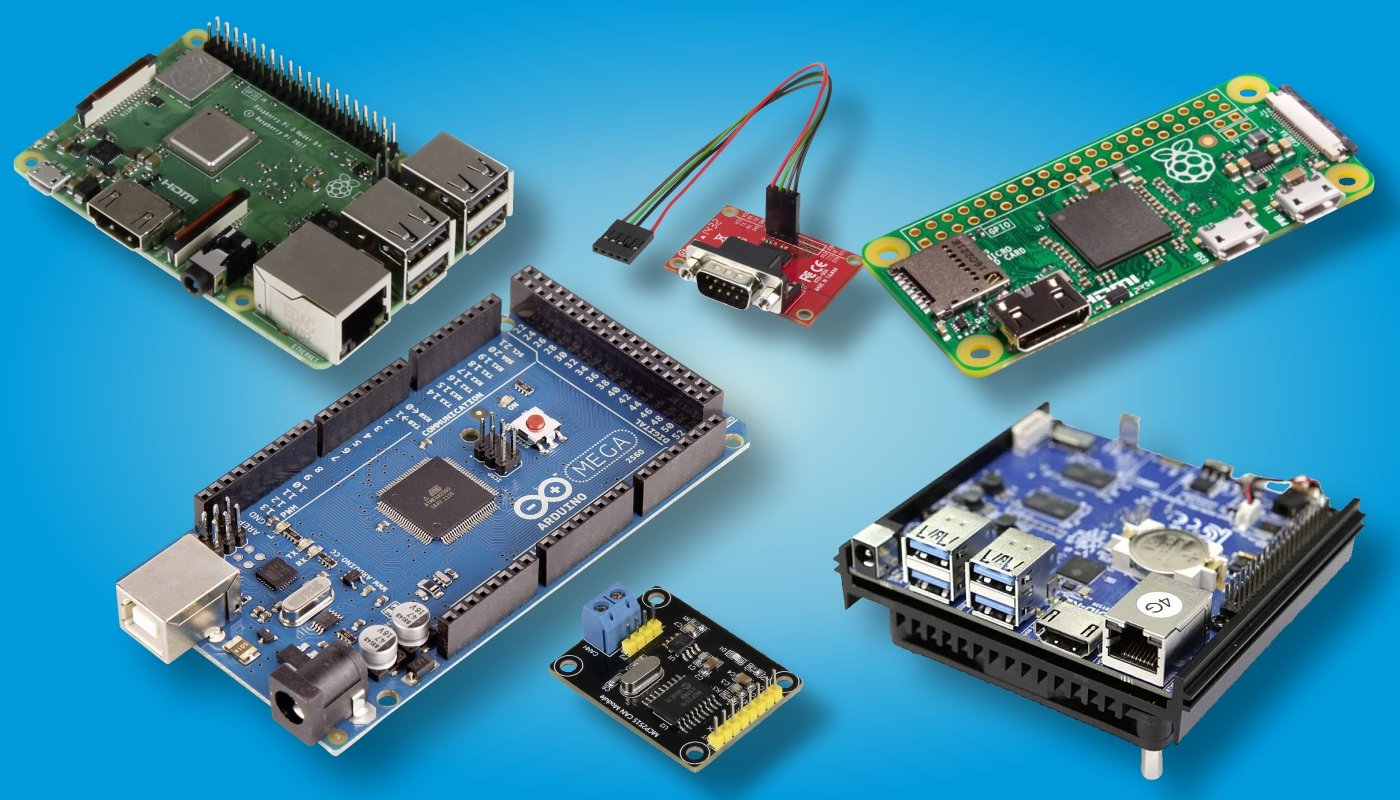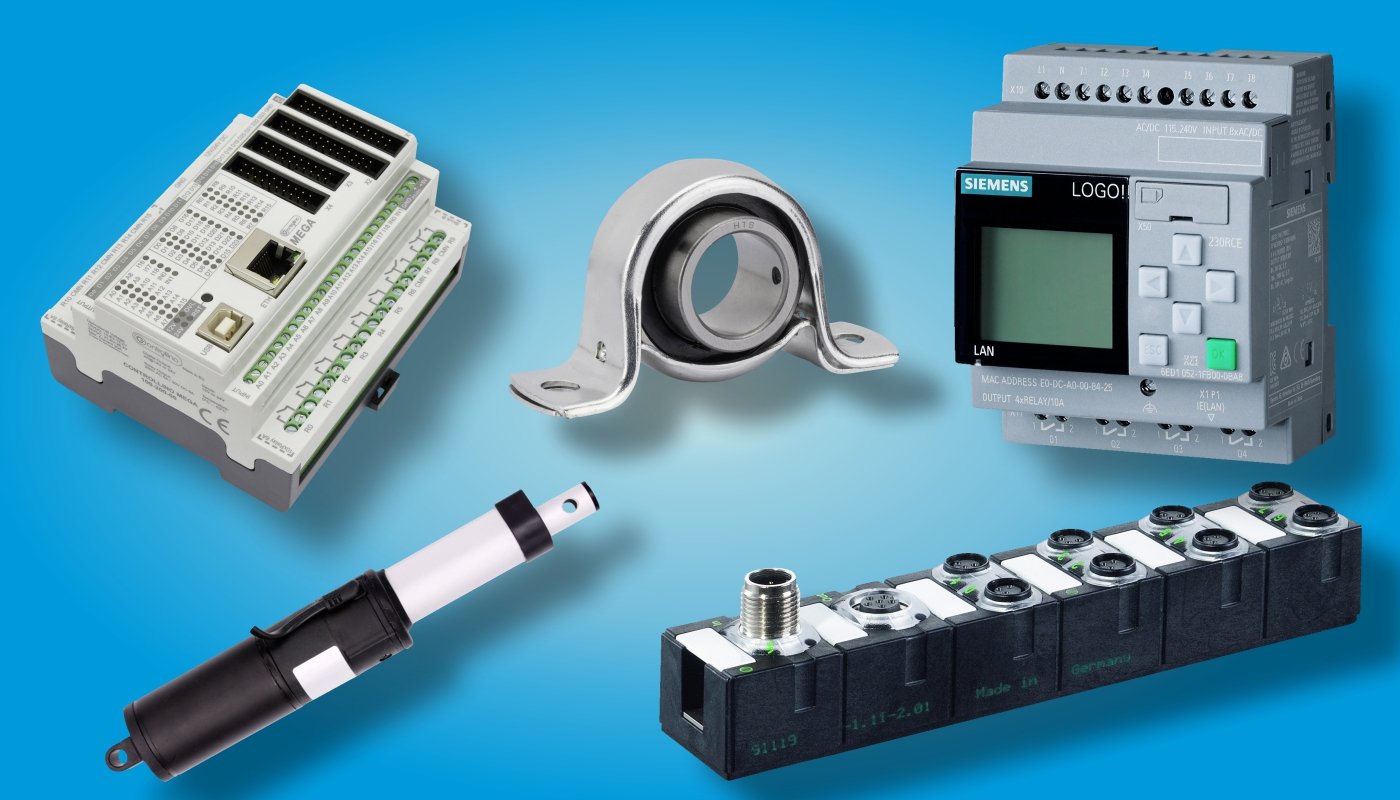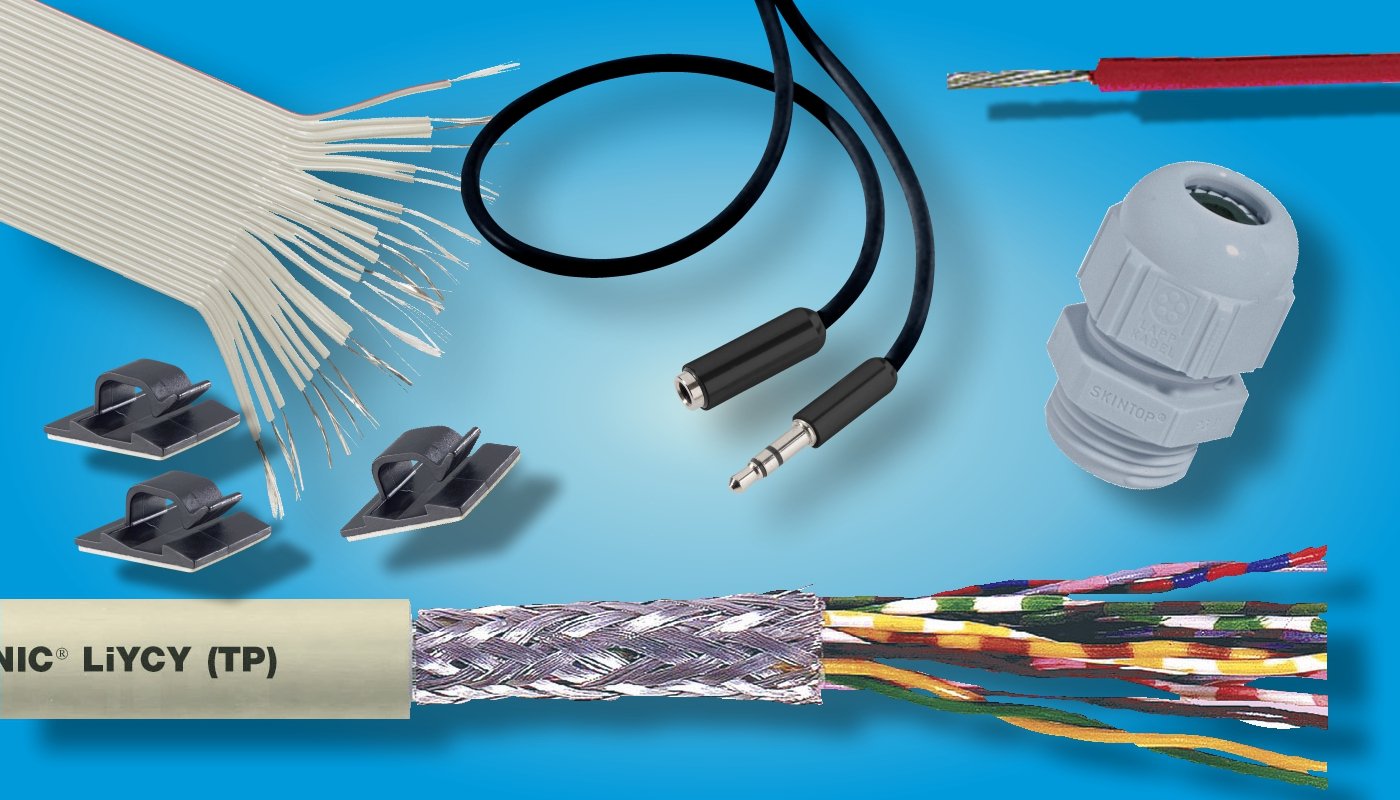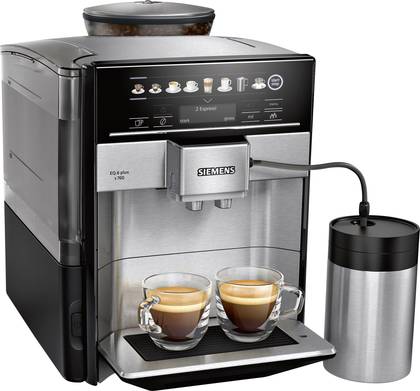Buy electronic components & electronic parts online
When you think of electronic components or parts, you usually think of transistors, diodes, capacitors, resistors or integrated circuits. But electronic components include many more products without which our modern technology would not function. We have listed exactly which components are included below.
This text is machine translated.
Active electronic components change their electrical properties depending on the electrical voltage applied. The classic example of an active component is a transistor. In many circuits, transistors are used as amplifiers, for voltage stabilization or as contactless switches. Due to their special electrical conductivity, transistors are classified as semiconductors.
Other semiconductor components include diodes (LEDs), diacs, triacs, thyristors as well as integrated circuits (ICs), processors and sensors. Peltier elements react with temperature changes, depending on the voltage applied.
Other interesting product groups from the “Active components” range:
Passive components such as resistors, coils and capacitors have a specific electrical value that does not change. Even if electrical voltages with different levels or polarity are applied. Provided the temperature of the component does not change as a result.
In contrast to a diode, which only allows the current to flow in one direction due to the PN junction, a resistor has no “effective direction”. The resistance value of 470 ohms, for example, has the same effect in both current directions. In addition to resistors, coils and capacitors, passive components also include potentiometers, trimmers, interference suppression filters and gas arresters.
Other interesting product groups from the “Passive components” range:
Electromechanical components combine mechanical and electrical processes. On the one hand, these can be switches, buttons, sockets or connectors that emit an electrical signal when mechanically actuated. Conversely, electromagnets generate a mechanical torque when electrically activated.
Relays, for example, work according to this principle. In principle, motors, loudspeakers and acoustic components also belong to the group of electromechanical components. Circuit boards or printed circuit boards provide the necessary mechanical support for electronic components.
Other interesting product groups from the “Electromechanical components” range:
The beginnings of development kits date back to the 1970s. Originally, development tools and evaluation boards were used by manufacturers for product development. However, it is now not only professionals who work with development kits. Arduino, Raspberry Pi and the like are extremely popular in schools, education and the maker scene. New applications are constantly being developed in the areas of wareables, smart homes and the Internet of Things (IoT). Extensive communities have also established themselves around the development kits, where even beginners can get sensible answers to their questions.
Other interesting product groups from the “Development kits” range:
Automation is the key to success in industry and product manufacturing. This is the only way to achieve large quantities with consistently high production quality. machine control is carried out with the help of programmable logic controllers (PLC), which have the necessary sensor inputs and switching outputs.
Comprehensive measurement and control technology, industrial sensors as well as powerful contactors and industrial relays leave nothing to be desired when controlling motors or electric cylinders. Clever remote maintenance also enables system access without having to be on site.
Other interesting product groups from the “Automation” range:
Very few people think of cables and wires when it comes to electronic components. But in principle, cables and wires are absolutely essential for establishing electrical connections between the electronic assemblies and devices. However, this seemingly trivial task often places high demands on the connecting cables. This is always the case when not only electricity but also high-frequency signals have to be transmitted without interference. But even with moving components, the cables must be able to withstand several hundred thousand bending processes without becoming brittle.
Other interesting product groups from the “Cables and wires” range:
Where are electronic components needed?
Whether children's toys, kitchen appliances, vehicles or machines - many areas that for decades managed completely without electronics or at most were equipped with some electrics can no longer do without electronics today.
This is unavoidable, as new products must always be better, more convenient, cleverer, more efficient and also more cost-effective than their predecessors. For manufacturers, this goal can often only be achieved with the help of electronics. Depending on the task and requirements of the product, electronics consist of a wide variety of individual parts, which are also referred to as electronic components or electronic parts.
Interestingly, there has been a breathtakingly rapid technical development in electronic components, for example in the field of sensor technology. On the other hand, there are components such as metal film resistors, aluminum electrolytic capacitors, relays or transistors that have been offered and used in virtually unchanged form for many years.
In contrast to the past, when electronic components were only something for hobbyists or service technicians, a basic understanding of electronics and technology is already created in schools and during training.
Electronic component with four letters
Fun fact - Many crossword puzzles ask for “electronic component with four letters”. In most cases, the short name is then requested, with several solutions to choose from:
ELKO = short form of electrolytic capacitor
POTI = short form of potentiometer
CHIP = name for an integrated circuit
DIAC = alternating current diode (diode for alternating current)
Electronic components clearly explained
In our popular series of articles, we present interesting and proven electronic components such as ICs, transistors and diodes in more detail. We show you exactly how the components work and how to operate the components and semiconductor devices correctly. We also provide practical information and valuable tips on how to replicate various circuits that are perfect for school and vocational training. We start with some interesting integrated circuits:
